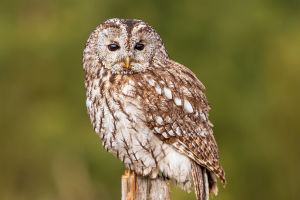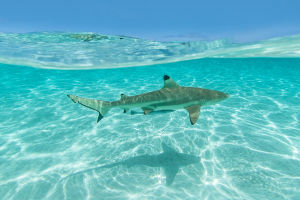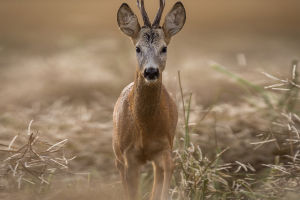Have you ever encountered a wild ferret in the deep forests or vast plains? The stone marten is a fascinating creature that thrives across Eurasia, including parts of China.
Though not as famous as other wildlife, its existence is unique and essential. Let's explore its life, habitat, and the need to protect it.
A Unique Species with a Wide Habitat
The stone marten belongs to the Mustelidae family and has a moderate size, with males around 450mm long and weighing about 1.5 kg. Its fur is usually grayish-brown or light brown, with a white throat patch. These animals live in diverse habitats, from rocky forests to grasslands and even the cold highlands of Tibet. They typically make their homes in burrows and rocky areas.
Daily Life: The Stone Marten's Clever Survival Tactics
Stone martens are nocturnal creatures, though they are also active during dawn and dusk. Known for their agility, they can climb steep surfaces up to 20 meters high and leap distances of 2-3 meters when in danger.
Their diet mainly consists of small mammals, birds, fish, and insects. In times of food shortage, they may raid villages for chickens and rabbits. They also enjoy eating fruits and berries during summer and fall, covering up to 800 square kilometers in search of food.
Mating and Reproduction: A Slow and Unique Process
Breeding happens between June and August. A notable feature is delayed implantation, leading to a gestation period of 230-275 days. As a result, young are born between March and May the following year. A typical litter has 4-5 young, though some can have up to 8. They reach reproductive maturity at 15-16 months. In captivity, they can live up to 18 years.
Conservation Efforts: A Critical Priority
The stone marten is a second-class national protected species in China. Due to habitat loss and other threats, it's crucial to protect this animal. Conservation efforts are necessary to ensure this species survives for future generations.
Final Thoughts: Protecting the Stone Marten Together
The stone marten plays an important role in maintaining ecosystem balance. By controlling populations of smaller mammals and insects, it supports plant life. Protecting this species helps preserve the delicate balance of nature. Let's join hands in protecting our wildlife!
To all the Lykkers reading, every small action counts in protecting our wildlife. Let's do our part in ensuring these amazing creatures have a future.


